Hello bloggers, today we are going to talk, write about, Puno which is known as the Peruvian folk capital. Learn more by reading on our blog below.
About Puno:
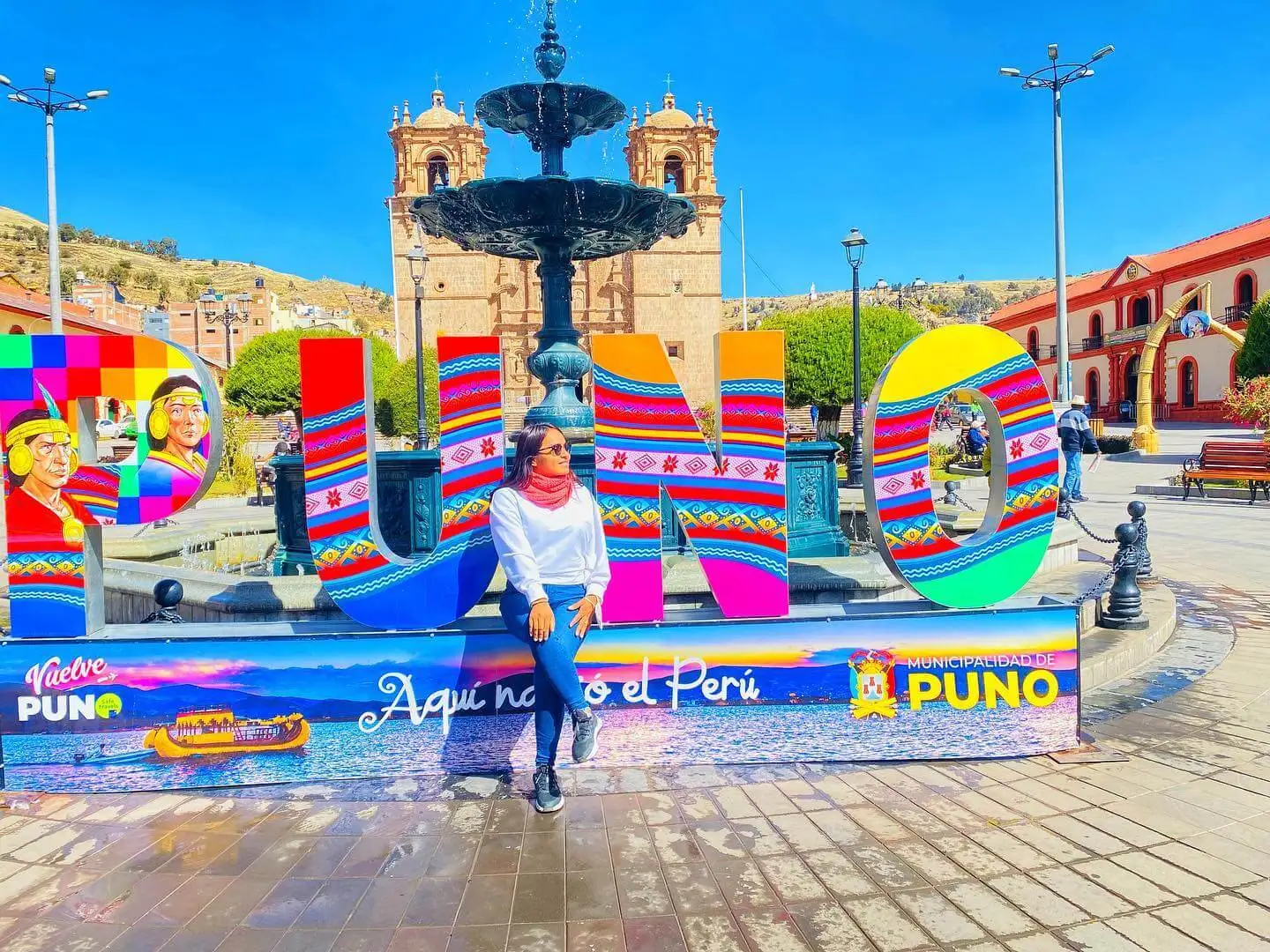
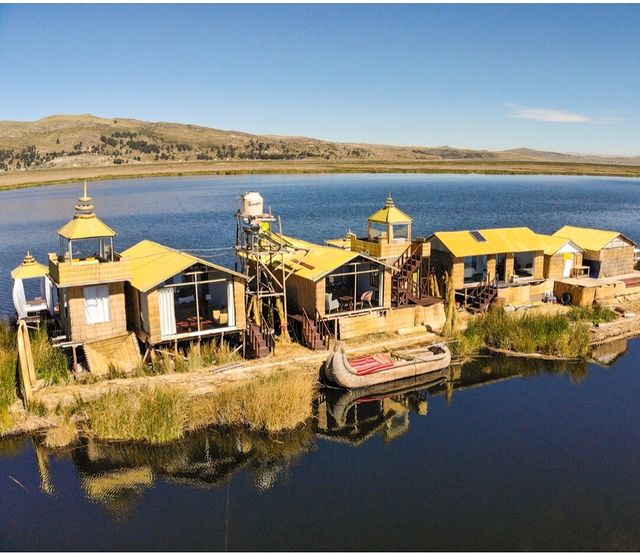
Puno in Peru is known as the folk capital of Peru, and its Virgen de la Candelaria parades are broadcast by the media across the country, and a legendary party.
In the central square, the buildings have concrete blocks and bricks that blend with the hills, Puno has its charm and joy. It serves as a starting point for Lake Titicaca and is a pleasant stop for those traveling between Cusco and La Paz in Bolivia.
Puno can captivate your heart with its charm and enchantment, there you will be able to glimpse its ancient architecture, the colourful traditional clothes that many inhabitants wear and the dozens of young cadets in the streets.
Puno, city in southern Peru is located on the western shore of Lake Titicaca, 3,826 m above sea level, on the cold plateau of Collao. Founded in 1668 as San Carlos de Puno, in honor of Charles II of Spain, the city has maintained a colonial feel, particularly in its churches and cathedral (built in 1754).
Pre-Columbian burial towers are nearby, Puno serves as a commercial and communications hub for the southern Andes of Peru and trades in llama and alpaca wool.
Boats regularly leave for Lake Titicaca, the highest navigable lake in the world, between Puno and Copacabana in Bolivia (connected by road to La Paz). Puno also has the railway station, for trains that connect Cusco and Arequipa, which join Juliaca, and is accessible by road and air as well.
How to get to Puno?
Fly to the Inca Manco Capac Airport which is Located in Juliaca, the airport receives flights from Lima, Arequipa and Cusco and the fastest way to get to Puno, after your arrival is to take a taxi to the city which takes about 30 minutes.
What to do in Puno?
*Take a boat trip on the highest navigable lake, Lake Titicaca;
*Overnight on Amantani Island;
*Kayak on the highest navigable lake in the world;
*Shop at the weekend market in Puno.
The Lake Titicaca is the highest navigable lake in the world at over 3,830 meters above sea level! The lake connects Peru, Bolivia, and has a view that is spectacular. The city of Puno is the gateway to start a visit to the famous floating straw islands of the Uros.
These are incredibly interesting artificial islands in the middle of the lake made entirely of totora reeds, on which the Uros managed to create a subsistent way of life for centuries.
With a full day or two-day tour, you can sail further afield to visit the remote islands of Taquile and Amantani, these people still retain many of their ancestral traditions and cultures and are famous for their elaborate textiles.
What you will know in Puno?
*Witness a folk festival, the Fiesta de la Virgen Candelaria;
*Discover the Funeral Towers of Sillustani;
Don’t miss the folkloric festival during your stay in Puno. Named the folk capital of Peru, Puno’s festivals will make you want to be a part of the performers and dancers.
The Islands of the Uros:
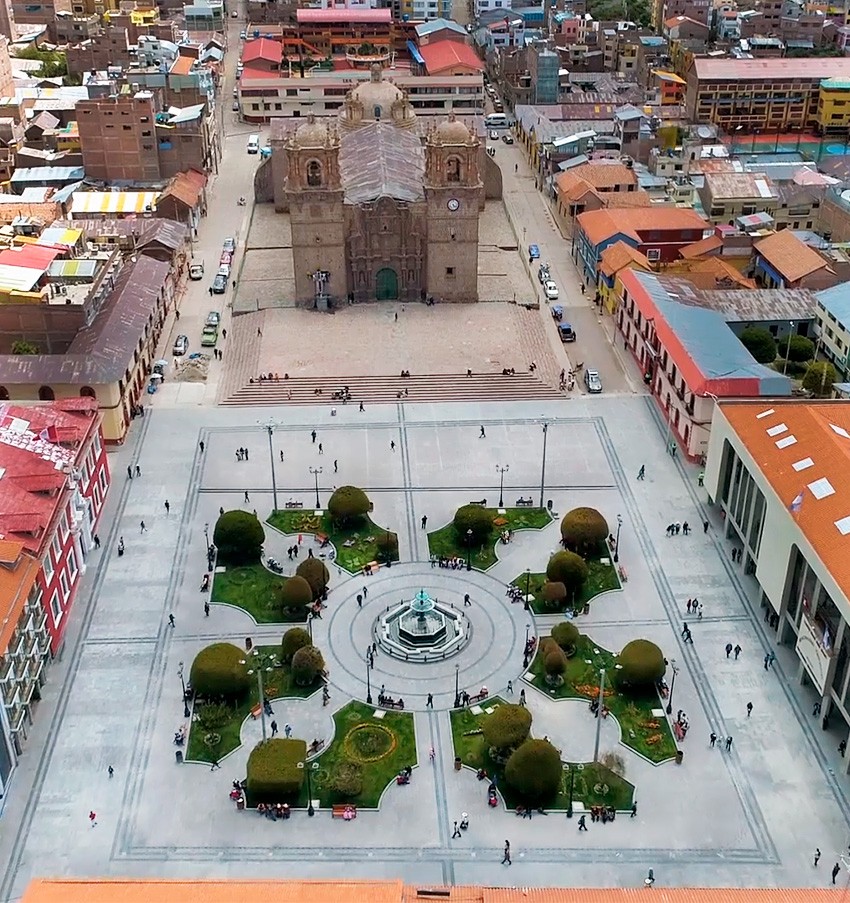
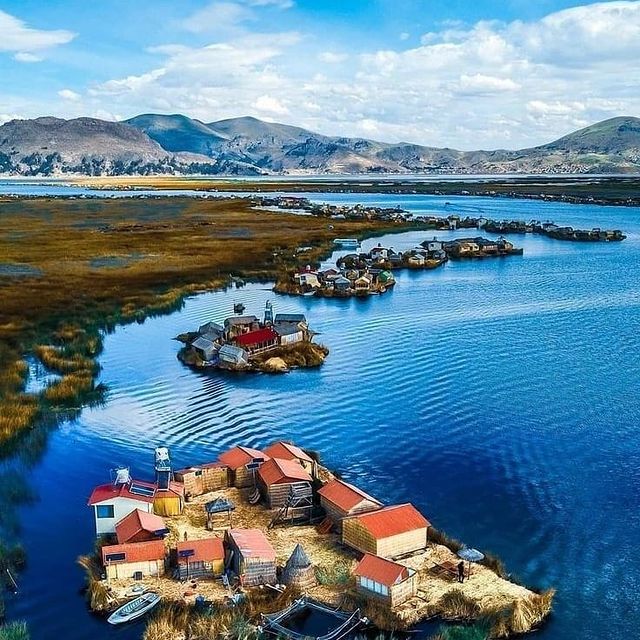
As the region’s main attraction, these fascinating floating islands are what attract many visitors to Puno. Founded by the Uros centuries ago, the islands were made artificially from reeds native to the region and served as a refuge in the expanding Inca Empire, and today the Uros maintain their traditional homes meticulously, attracting dozens of visitors. The incredible purity and ingenuity of these resident people make the attraction worthwhile.
The Amantani Island:
To really get a feel for life on Titicaca, you need to venture beyond the Uros, and despite seeing boatloads of visitors every day, Amantani Island still offers a fascinating and authentic glimpse into the local indigenous culture. Community-led initiatives allow tourists to sleep in a homestay, an interesting cultural exchange, from which the proceeds are shared among the community.
The Taquile Island:
Another island worth visiting is Taquile, usually included in an Amantani tour. The smallest but most developed island is famous throughout Peru for its expert weavers who produce fabrics of remarkable quality. A wealth of interesting archeological sites and stunning lake views can also be found across the island.
Sillustani:
Back on dry land, Sillustani is an intriguing pre-Inca cemetery that dominates the lake’s shimmering waters. Here, the ancient Aymara people built a series of mausoleums, known as chullpas, to house the deceased families of the community’s nobles.
Puno Cathedral:
The city’s most impressive sight is the 18th-century Baroque cathedral, an iconic church that rises above the city center, the Plaza de Armas, Puno’s most central and attractive square.
Jiron Lima:
North of the Main Square Puno (Plaza de Armas) is Jirón Lima, the city’s main pedestrian street, where you’ll find restaurants, hotels, travel agencies and bars all situated in this lively part of town.
It’s the perfect place for a nice afternoon, don’t miss that when in Puno, Peru.
Cerrito de Huajsapata:
For panoramic views of the lake and city, take a steep climb up Cerrito de Huajsapata and at the top is a white statue of Manco Cápac, a revered figure credited with founding the Inca empire.
Feast of the Virgin of Candelaria:
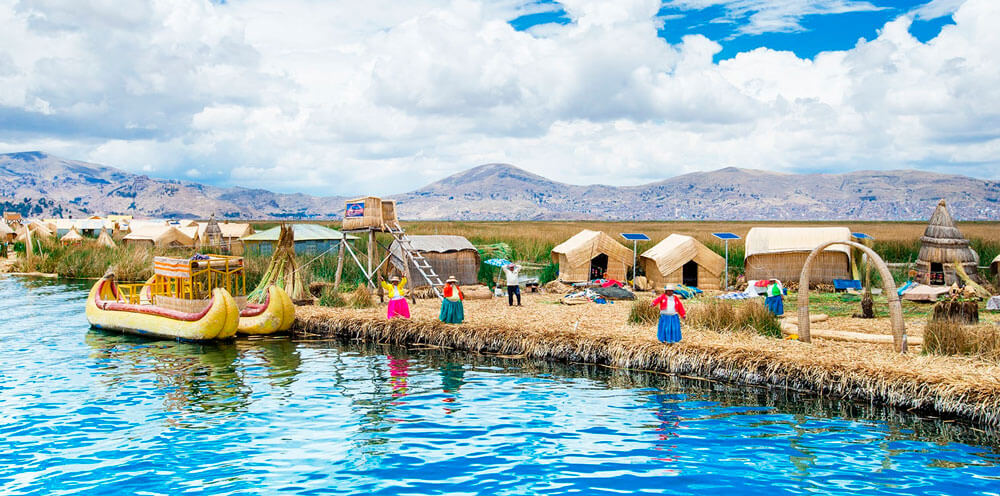
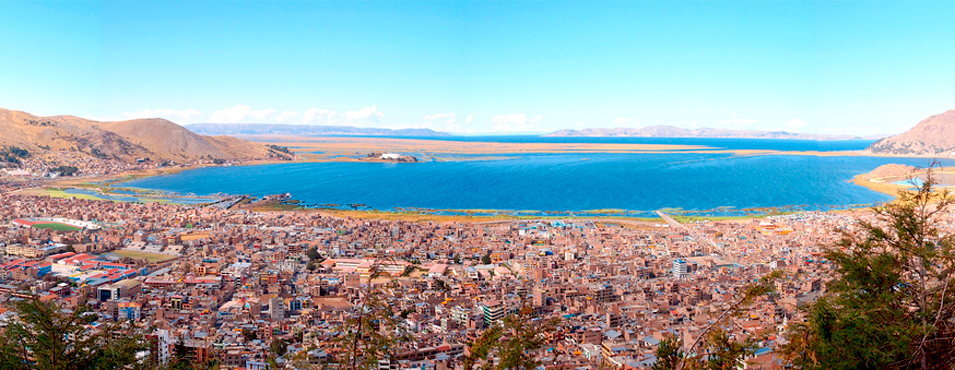
Legend has it that when the native Aymara rebelled against the Spaniards during the great fight of Tupac Amaru in 1781, it is said that the natives were saved by the Virgin Mary, who made their swords shine like fire when they attacked their opponents.
Since then, the Virgen de la Candelaria has been the patron saint of Puno, and the city’s inhabitants pay homage to her every year with a grandiose festival, full of folk dances, imaginary costumes and religious processions.
The party lasts for two weeks at the beginning of February, with the participation of around 100,000 Peruvians from all over the Andes region. Especially impressive is the opening dance competition, which features around 70 superbly dressed groups clashing in the Puno stadium.
There is also the diablada, a ritual dance that commemorates the miraculous delivery of a group of miners captured to a group of underground demons, the combination of Spanish and indigenous elements being surprising and totally characteristic of Puno.
Suasi Island:
Paradoxically, for a nature reserve, Suasi is more exclusive than many places around Puno. Visitors to this small, private island (only 100 acres) at the northeast end of Lake Titicaca are left with unforgettable memories of the region’s delicate ecosystem.
The island is uninhabited, except for the solar-powered eco-lodge Casa Andina, which offers tour packages for guests looking to escape civilization. Birdwatching, canoeing, hiking, stargazing and even meeting local shamans – Suasi lets you experience the natural beauty of the highlands up close.
Dreamy Tours offers:
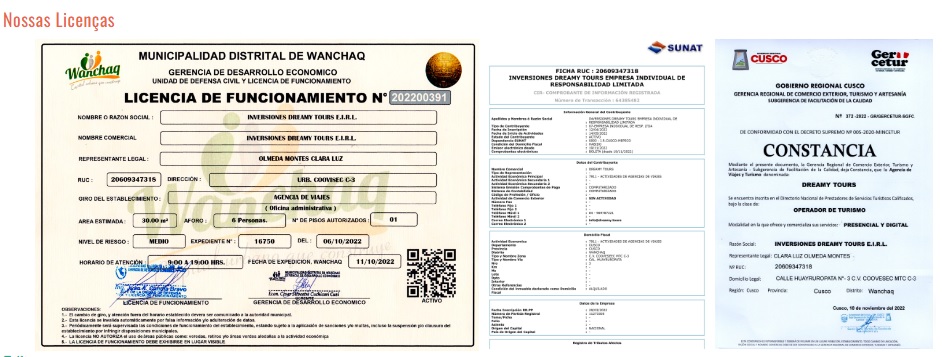
Contact Us:
For more information, please contact us DREAMY TOURS, we will be happy to answer all your questions about Peru, Bolivia and Chile.
We are a Travel Agency specialized in tours, packages, if you need some information, please write to us.
We offer tours, excursions – Peru – Bolivia – Chile:










